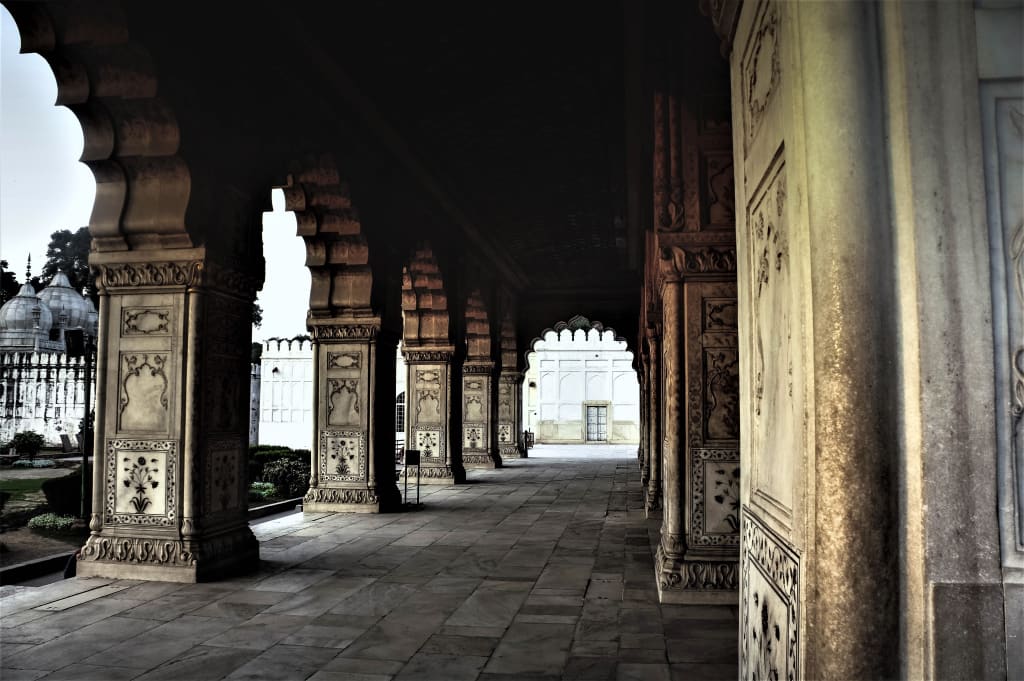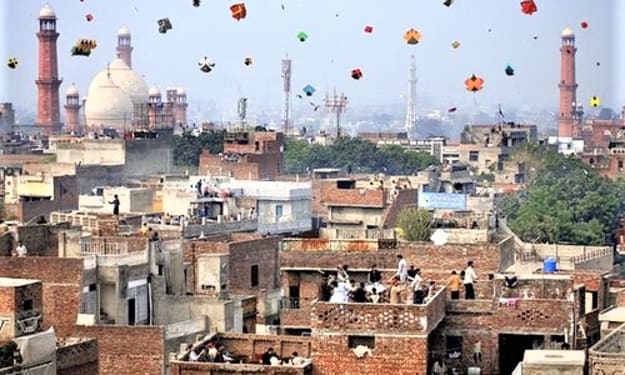A Rebellion or a War of Independence in the Indian Sub-Continent 1857
British Colonial Methods of Divide and Rule

The Sepoy uprising, which occurred in India from 1857 through 1858, is viewed as one of the most stunning revolts against a frontier power during the nineteenth 100 years. Though the uprising was at last fruitless, it essentially changed the idea of English rule in the subcontinent and is some of the time referred to in India as the Primary Conflict of Autonomy.
English interest in India started with an exchange relationship with the Mughal Realm, and the East India Organization was framed in 1600 to exploit this open door. While the organization's starting points in the subcontinent were moderately unassuming, with exchanging stations around Calcutta, Bombay, and Madras, its establishing contract allowed it consent to take up arms. Throughout the span of the eighteenth 100 years, tremendous parcels of India and gigantic abundance went under the control not of the English state but rather of this exclusive organization. To safeguard its Indian resources, the organization started to select nearby officers and develop its own militaries. These powers ultimately became known as the Bengal, Madras, and Bombay armed forces.
By the mid 1800s, these militaries numbered almost 200,000 men, and by the mid-nineteenth hundred years, more than 66% of the Indian subcontinent was being run as a for-benefit venture. All through the eighteenth hundred years, organization approaches prompted the passings of incalculable Indians, and impossible amounts of Indian fortunes were sent back to England. In the principal half of the nineteenth 100 years, a few endeavors were made to change India's financial and overall sets of laws and to achieve different social changes. Notwithstanding, there was expanding worry all through India with respect to the impacts of Westernization, particularly the spread of Christianity and the subsequent annihilation of nearby societies and customs.
From 1849 onwards, the organization started to decrease the quantity of English armed force regiments in India, and by 1857, the Bengal Armed force contained just 24,000 Europeans out of 159,000 men. This decrease came during a period of developing discontent among the Indian fighters. Infringement of nearby traditions, unfortunate compensation, and late endeavors to enroll men from lower standings prompted disdain towards English officials. The last flash for the all around developing rebellion came as new cartridges were given for use with the new Enfield rifle. Talk started to spread that the cartridge paper was lubed with one or the other cow or pig fat, making their utilization troublesome on strict justification for both Hindu and Muslim troopers, whose religions restricted eating meat or pork. This additional fuel to the conviction that there was a continuous endeavor to Christianize the nation and sabotage nearby traditions. On Walk 29, 1857, Sepoy Mangal Pandey of the 34th Bengal Local Infantry, then, at that point, positioned at Barrackpore, went after and injured a few officials. During the occurrence, he allegedly called out, "Emerge, you Europeans! From gnawing these cartridges, we will become unbelievers. Prepare, end up being all embracing of you!" Despite the fact that his endeavor to begin a hard and fast rebellion among his kindred warriors fizzled, a few of them rejected direct requests to mediate. At the point when obviously he would be captured, Pandey directed his gun back toward himself and discharged straightforwardly into his chest. Notwithstanding the short reach, the injury wasn't deadly, and Pandey was placed under seven days after the fact, viewed as liable, and condemned to death. The genuine flare-up of the insubordination started several months after the fact, on May tenth, at Meerut, when 85 fighters of the Bengal White Rangers, who had been detained for declining to utilize the new cartridges, were liberated by the remainder of their regiment. The tactical station was then obliterated, and any Europeans they found were killed. The English were surprised and went back to respond, permitting the disobedience to spread from Meerut and grab hold across the remainder of focal and northern India. At the hour of the uprising, there were just 35,000 English warriors in the entire subcontinent, and the sit tight for fortifications would require months. Luckily for the English, support for the uprising was not widespread among the Indian populace. The Madras and Bombay armed forces remained to a great extent faithful to the English, as did Punjabi Muslims, Sikhs, and Gurkhas, who cared very little about seeing a re-visitation of Mughal rule. Neighborhood rulers additionally responded in different ways, some leftover faithful to England or deciding to stay unbiased, while others revolted in light of their abuse by the organization. The defiance revolved around a few significant urban communities, including Delhi, Kanpur, Lucknow, Jhansi, and Gwalior. Delhi, subject to the now to a great extent feeble Mughal Ruler Bahadur Shah Zafar, was a decisively significant city and the primary objective for the double-crossers from Meerut. The rebels looked for Zafar's favor for the uprising, which he hesitantly gave. Upon their appearance, the city's Christians, whether European or Indian, were slaughtered. The deficiency of Delhi was a huge blow for the English, and its recovery turned into a quick need. With the military spread across a huge distance, assembling an adequate number of men to retake the city was a tedious errand, making a prompt counter-assault inconceivable. Be that as it may, by June eighth, a little power of 4,000 men figured out how to catch an edge right outside Delhi. Be that as it may, with 30,000 rebels inside the city, this power was inadequate for an all out attack. The 4,000 men on the edge had to spend the mid-year months frantically standing firm on their footing against nonstop goes after while managing burning intensity and episodes of illness inside the camp. It was only after September fourteenth, by which time a power of 9,000 men had been figured out, that an assault on the city was thought of as reasonable. English heavy weapons specialists had the option to penetrate the walls, and the Kashmir Door was annihilated, permitting English powers to flood into the city. Once more the battling was unpleasant, and it was one more week before the double-crossers were at last stifled, and Delhi turned into an English team. The quick consequence of the attack saw the inhabitants of Delhi exposed to English abominations, as troops killed and stole from their way across the city. Regardless of the brutality, the uprising was nowhere near finished. The revolutionaries proceeded to battle, and English responses were quick and ruthless. Many guessed double-crossers were hanged without permission, and endless honest regular citizens were killed. Preliminaries that occurred were much of the time rundown, and the discipline for the sentence was extreme, with "blowing from a weapon" being a lean toward technique for execution. This discipline included tying the denounced with their back situated against the gag of a gun. The discharging of the weapon brought about the total annihilation of the body. While the English attempted to smother the resistance, there were likewise cases of reliability and backing from different segments of the Indian populace. The Madras and Bombay armed forces remained to a great extent faithful to the English, as did Punjabi Muslims, Sikhs, and Gurkhas, who cared very little about seeing a re-visitation of Mughal rule. Nearby rulers likewise responded in various ways, some leftover faithful to England, some picking nonpartisanship, and others defying abuse by the organization. The resistance went on in different focuses all through India, and by Walk 1858, English powers figured out how to overcome the radicals and really finish the uprising. The Sepoy uprising might have been crushed, yet it achieved the destruction of the East India Organization. The English government took command of India.
About the Creator
Syed Omar Hussain
Syed Omar Hussain, a multifaceted talent—a writer, poet, musician, farmer, and a textile engineer.
https://www.youtube.com/channel/UCKTpuZgA1Edh4tX-TLMDirQ






Comments
There are no comments for this story
Be the first to respond and start the conversation.